These pages (q.v.
https://drive.google.com/file/d/0BwonhdLbifyYRGJZUFlYdDhVUjQ/view) are part of Pierre Jarrige's work on the history of aviation in Algeria. I would thoroughly commend his work, in print and online. What he doesn't know of this subject probably isn't worth knowing!
Excellent stuff, thanks
avion ancien! Any idea who Paul Jamme and Jean Jamme were?
As
Aubi said, the Jammes were '
pieds-noirs', or Frenchmen born in colonial Algeria (in January 1962, the 73-year-old Eugène would be killed by members of the
Front de Libération Nationale - I'm don't know what Marcel's fate was). The brothers were members of the Aéro-club de Mascara. Eugène Jamme was a blacksmith. Reportedly, he was inspired by his reading of Henri Mignet's
Le Sport de l’Air to build an HM 8. Eugène’s brother Marcel was a mechanic. It was Marcel who installed the motorcycle engine [1] with its chain-driven reduction gear.
So brothers, Eugène Jamme and Marcel Jamme are the builders. Their Avia 32E glider and Mignet HM 8 don't receive 'J' designations (presumably because were are no major modifications). Once those modifications begin ...
Jamme J1 - Modified HM 8, 1 x 500 cc motorcycle engine *
- J1: Taxied by pilot Albert Monville but refused to fly
-- * Reported as UK ~5 hp Chase or French 500 cc Terrot
Jamme J2 - Jamme J1 airframe re-engined with aero-engine
- J2: 1 x 35 hp Anzani (type unknown) air-cooled engine
- J2: Flown by Daniel Robert Bancharelle but crashed*
-- * Due to ruptured fuel line, came down in olive grove
Jamme J3 - Rebuilt J2 airframe fitted with an auto engine
- J3: 1 x (??) hp Mercedes-Benz (?? type ??) auto engine
Jamme J4 - Jamme J3 airframe re-engined with aero-engine
- J4 (I) : 1 x 35 hp Anzani engine (retreived from J2)
- J4 (II): Rebuilt as a 2-seater J4 '
Jeanne d'Arc'
Jamme J5 - 1933 '
Jeanne d'Arc', re-engined J4 (II)
- J5: 1 x 75 hp Pobjoy R 7-cylinder radial engine, F-PAAV[/B]




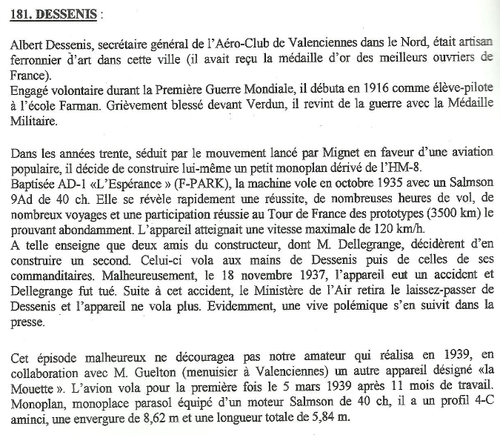
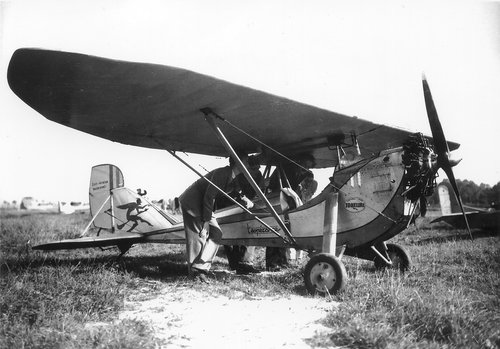



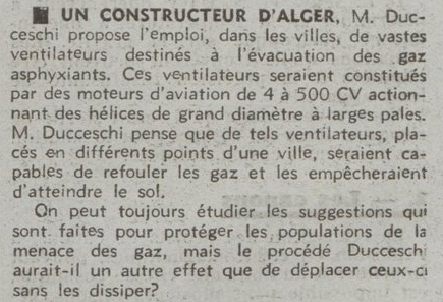

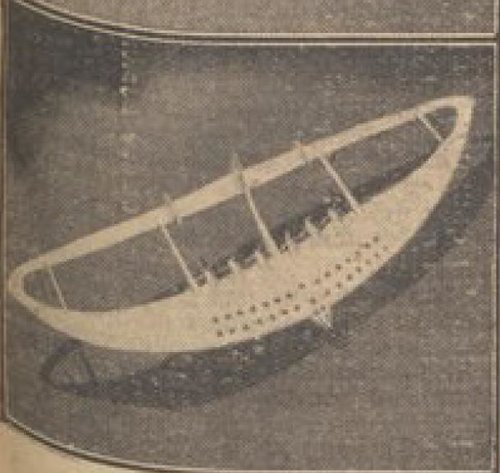








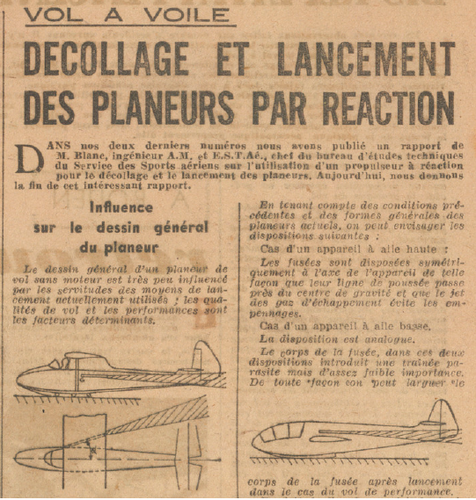




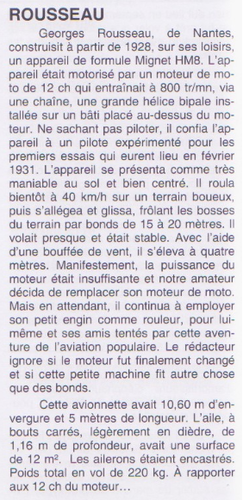

![Les_Ailes___journal_hebdomadaire_[...]_bpt6k6553867n_5.jpeg](/data/attachments/163/163807-1f0c5a69a2abef1b38dd62181428af4d.jpg)
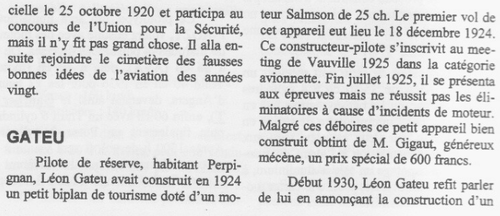


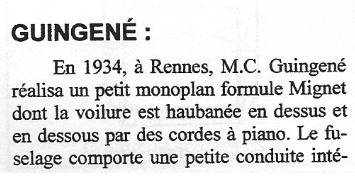



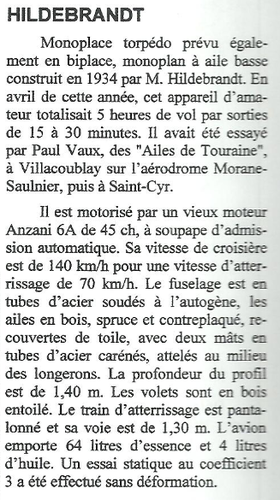



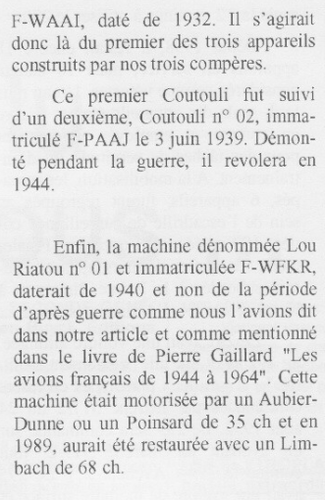
![Les_Ailes___journal_hebdomadaire_[...]_bpt6k6554700f_12.jpeg](/data/attachments/167/167221-a48e988a6201d1423531ff1501414fcd.jpg)